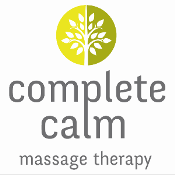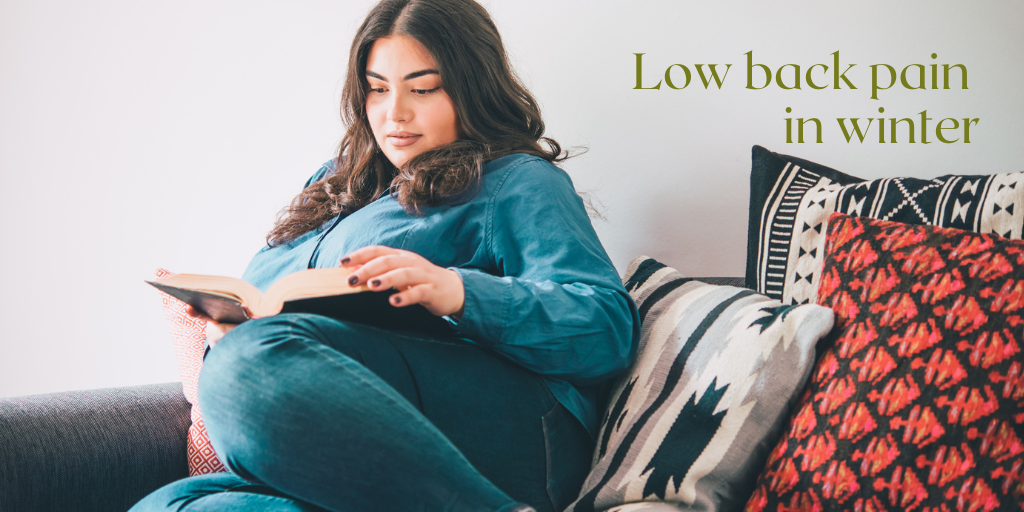It’s the time of year when we want to get cosy and curl up on the sofa. But we tend to favour curling to one side rather than the other. Go on, try sitting down and curling your legs to the other side. It’s not very comfortable, is it? Sitting like this tightens the muscles on one side, leading to imbalances and discomfort. Do it habitually, and you may notice a low-level niggle building in your lower back. It might feel okay for a while, but then you go to pick something off the floor, and ouch! Your back protests very loudly.
Low back pain is incredibly common and can range from a mild ache to sharp, debilitating pain. Let’s take a look at some of the typical muscles and structures involved and how massage therapy can help.
The anatomy of low back pain
The lower back is a complex area where muscles, bones, ligaments, and nerves work together to support your body and allow movement. When something disrupts this balance, pain can occur. Here are some main structures:
- Quadratus Lumborum (QL): Known as the “hip hiker” muscle, the QL sits deep in the lower back and helps stabilise the pelvis. Tightness here can create pain that mimics a deep, nagging ache.
- Piriformis: This small muscle runs from the sacrum (the triangular bone at the base of your spine) to the thigh bone. When this pesky little muscle is tight, it can irritate the sciatic nerve, causing pain to radiate down the leg.
- Hip flexors: Long periods of sitting can tighten the hip flexors (the psoas and iliacus), pulling on the lower back and increasing strain.
- Sacrum and pelvis: Imbalances in this area can affect how the back muscles work, leading to discomfort or even sharp pain.
- Trigger Points: These are hyper-irritable spots in muscles that can refer pain to other areas. For example, a trigger point in the gluteus medius might cause pain in the lower back.
How Massage Can Help
Massage therapy offers relief by addressing the root causes of low back pain rather than just the symptoms. Here’s how:
- Releasing tension: Massage can help reduce tightness in the QL, piriformis, and hip flexors, restoring balance to the lower back.
- Improving localised circulation: Increased blood flow to the area promotes healing and reduces inflammation in affected areas.
- Trigger Point Therapy: Targeting trigger points can alleviate referred pain, bringing relief to both the lower back and surrounding areas.
- Relaxation: Chronic stress can exacerbate back pain. Massage calms the nervous system, allowing muscles to release tension more effectively.
- Postural awareness: Your therapist can identify imbalances and suggest adjustments to your posture or daily habits to prevent future pain.
Self-help tips for low back pain
In between massage sessions, there are things you can do to support your lower back:
- Apply heat: A warm compress or hot water bottle (in a cover or wrapped in a towel) can relax tight muscles and improve blood flow. Try placing it on your lower back for 15-20 minutes.
- Gentle movement: Avoid staying in one position for too long. Gentle stretches, such as lying on your back and hugging one knee to your chest at a time, can help. Do take these easy, if anything hurts or pinches, STOP. You just want a gentle stretch
- Switch sides: If you love curling up on the sofa, try alternating sides regularly to avoid creating imbalances, or put your legs up on a stool in front of you.
- Stay active: Prolonged inactivity can worsen pain. Gentle walks or low-impact activities like yoga can keep your muscles moving. I recommend Mindful Movement with Nerine for effective yet gentle yoga
Listen to your body
Low back pain is a signal from your body that something needs attention. Massage therapy can be a powerful tool in managing and preventing pain, helping you feel more comfortable and balanced. Combined with mindful movement and a little self-care, you can keep your lower back happy and healthy through the cosy season and beyond.
Book your self-care here.


Recent Comments